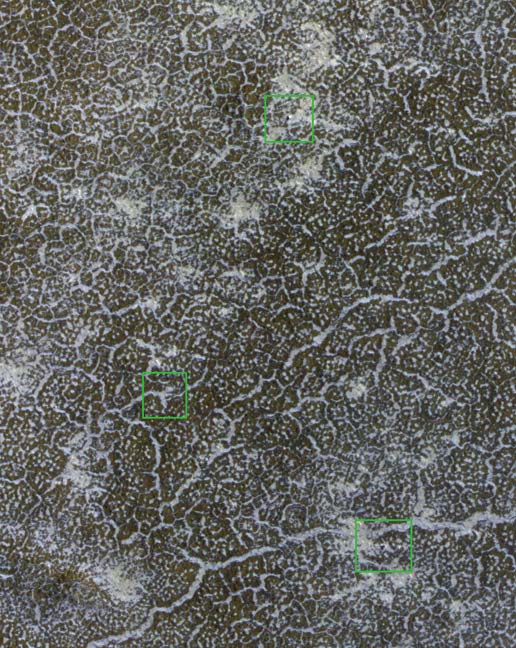Still No Signal from Frozen Mars Lander

NASA is once again listening for any signs that its PhoenixMars Lander has resurrected itself after the long Martian winter, but so far,the frozen lander has remained silent.
The space agency is using its Mars Odyssey orbiter to scanfor any beeps of life Phoenix may send in the off-chance it has survived thered planet?s winter. The listening campaign is NASA?s second for Phoenix andslated to last about a week.
Phoenix landedon Mars on May 25, 2008, and operated successfully in the Martian arcticfor about two months longer than its planned three-month mission to dig forburied waterice on Mars near the planet?s north pole.
But once the sun and temperatures dropped and winter set in,the spacecraft didn't have enough power to keep going. The lander went silentin November 2008.
Phoenix's landing site is now in mid-springtime, and the sunis above the horizon for about 22 hours each Martian day (a Martian day is 40minutes longer than an Earth day). The amount of light falling on Phoenix isabout the same as the spacecraft experienced a few weeks after the completionof its three-month primary mission.
Phoenix was not designed to withstand the extremely lowtemperatures and the ice load of the Martian arctic winter. But in theextremely unlikely event that the lander has survived the winter and has enoughenergy, it would operate in a mode where it periodically wakes itself up andtransmits a signal to any orbiter in view.
Odyssey conducted itsfirst listen for signs of life from Phoenix in January. This second attemptbegan on Feb. 22 and will continue through Feb. 26 with 50 flights over thePhoenix site. A third campaign to check on whether Phoenix has revived itselfis scheduled for April 5-9, when the sun will be continuously above the Martianhorizon at the Phoenix site.
Get the Space.com Newsletter
Breaking space news, the latest updates on rocket launches, skywatching events and more!
- Images:Phoenix on Mars
- OddsSlim for Resurrecting Defunct Mars Lander
- SpecialReport: Highlights of the Phoenix Mars Lander Mission
Join our Space Forums to keep talking space on the latest missions, night sky and more! And if you have a news tip, correction or comment, let us know at: community@space.com.

Space.com is the premier source of space exploration, innovation and astronomy news, chronicling (and celebrating) humanity's ongoing expansion across the final frontier. Originally founded in 1999, Space.com is, and always has been, the passion of writers and editors who are space fans and also trained journalists. Our current news team consists of Editor-in-Chief Tariq Malik; Editor Hanneke Weitering, Senior Space Writer Mike Wall; Senior Writer Meghan Bartels; Senior Writer Chelsea Gohd, Senior Writer Tereza Pultarova and Staff Writer Alexander Cox, focusing on e-commerce. Senior Producer Steve Spaleta oversees our space videos, with Diana Whitcroft as our Social Media Editor.









